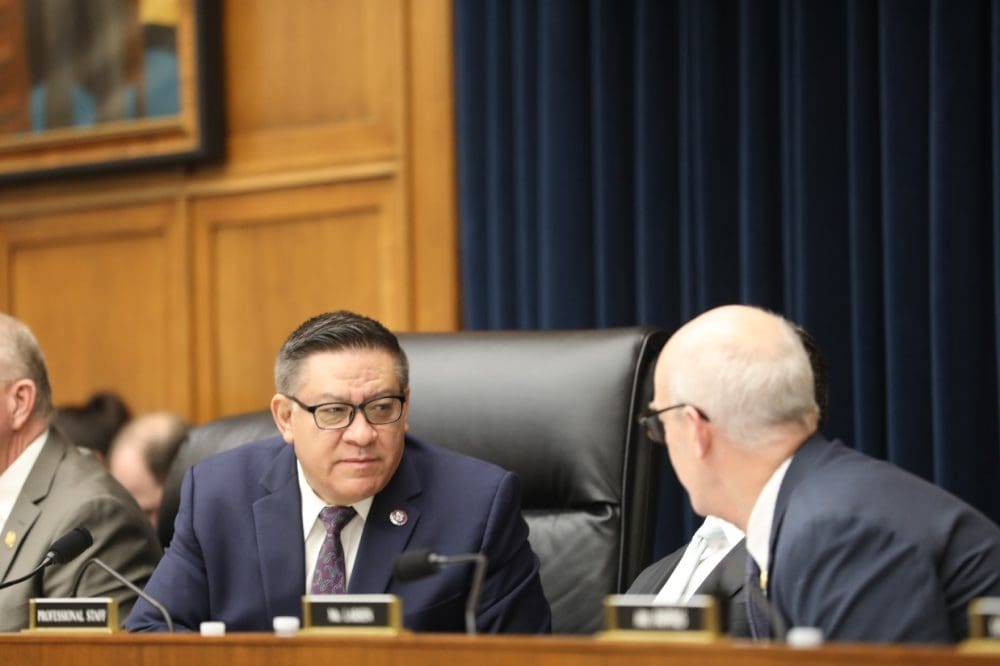
DOGE Meeting with National Gallery of Art Raises Concerns Among Officials

Title: Culture Under Fire: National Gallery of Art Faces Scrutiny Amidst Federal Arts Overhaul
In an intensifying move against federally funded arts and cultural institutions, the National Gallery of Art (NGA) in Washington, D.C. has come under scrutiny by the Department of Government Efficiency (DOGE), a newly empowered federal agency under the Elon Musk-led initiative within the Trump administration. This marks the latest flashpoint in a growing trend of policy shifts—aimed at reorienting public culture funding and priorities—which has already resulted in the dismantling of numerous inclusivity initiatives and the shuttering of major national grant programs.
A Surprise Visit and Uncertain Future
On April 17, DOGE representatives met with NGA Director Kaywin Feldman and General Counsel Luis Baquedano to discuss the museum’s “legal status.” While the vague terminology has not been clarified publicly, it has stoked fears among cultural advocates and arts workers, particularly because prior DOGE visits to other institutions, including the Institute of Museum and Library Services (IMLS), were soon followed by sweeping staff layoffs and grant terminations.
Founded by Congress in 1937, the National Gallery of Art functions as a 501(c)(3) nonprofit, operating through a public-private partnership, sustained by both congressional appropriations and private donations. For the 2024 fiscal year, the federal government allocated over $209 million to the museum—funds that support everything from operational costs to special exhibitions and salaries for hundreds of staff. With DOGE’s increasing involvement in arts sector oversight, many fear a significant rollback of funding or the imposition of ideological restrictions.
DOGE’s Cultural Crusade
The visit to the NGA is part of a broader pattern under the Trump administration, which has systematically rolled back diversity, equity, and inclusion (DEI) programs, restructured federal oversight of the arts, and redirected funding toward patriotic-themed initiatives. In early 2025, the administration issued executive orders declaring DEI programs as discriminatory, which has already prompted institutions like the NGA and Smithsonian to terminate such initiatives.
These moves follow the trend established by previous DOGE interventions. The National Endowment for the Humanities (NEH)—a major federal funder for arts programs—has faced multiple visits by DOGE in recent months, culminating in proposed reductions of up to 70% of its 180-person staff. Similarly, the IMLS experienced hundreds of grant terminations shortly after its own meeting with DOGE representatives.
Critics Say It’s Politicization of Culture
Artists, curators, and advocates of free expression view these developments as a multidimensional threat—undermining the independence of national arts institutions and compromising the plurality of voices traditionally uplifted by public culture programs. The administration’s increasing interference is seen by many as an ideological battle, repositioning public arts funding to serve political narratives aligned with nationalist values.
“I worry that what we’re witnessing is a dismantling of core democratic tenets—freedom of expression, cultural diversity, public access to history and art—in favor of politicized culture-making,” said a former NGA employee who asked to remain anonymous for fear of professional retribution.
Museum spokespeople have expressed cautious willingness to cooperate with the administration, though their statements offer little clarification on the concrete implications of their meeting with DOGE. “We have worked with every administration since our inception and will continue to engage with current leadership while focused on our mission to preserve and share artistic excellence,” said NGA spokesperson Christopher Abanavas.
The Broader Implications
Among the NGA’s trustees are figures such as Supreme Court Chief Justice John Roberts and major cultural philanthropist Darren Walker, who will soon become the museum’s president. Their leadership may help buffer the institution against extreme reforms, but even top-level advocacy may be insufficient if federal defunding or deregulation efforts succeed.
Furthermore, the National Gallery’s role as both an educational institution and a cultural touchstone makes it a high-stakes target in this ideological reordering of the cultural sector.
Congressional Response Brewing
Democratic members of Congress have responded to the administration’s actions with rising concern. A recent letter from House Democrats urged Vice President J.D. Vance to reject the anti-DEI executive orders targeting federally funded institutions like the Smithsonian, which has had a long tradition of bipartisan support and educational impact. However, given current congressional gridlock, legislative action to protect cultural funding may face stiff resistance unless public outcry shifts the political stakes.
Looking Ahead
While it remains unclear what immediate actions DOGE may take regarding the National Gallery of Art, the signs strongly suggest a continuing erosion of federally supported cultural and educational programs that do not align with the administration’s ideological focus. For artists, cultural workers, and the public, the fate of one of the nation’s most prestigious museums may symbolize the broader future of public art in the United States.
Supporters of independent cultural reporting and open public access to the arts are encouraged to remain attentive, informed, and engaged—through